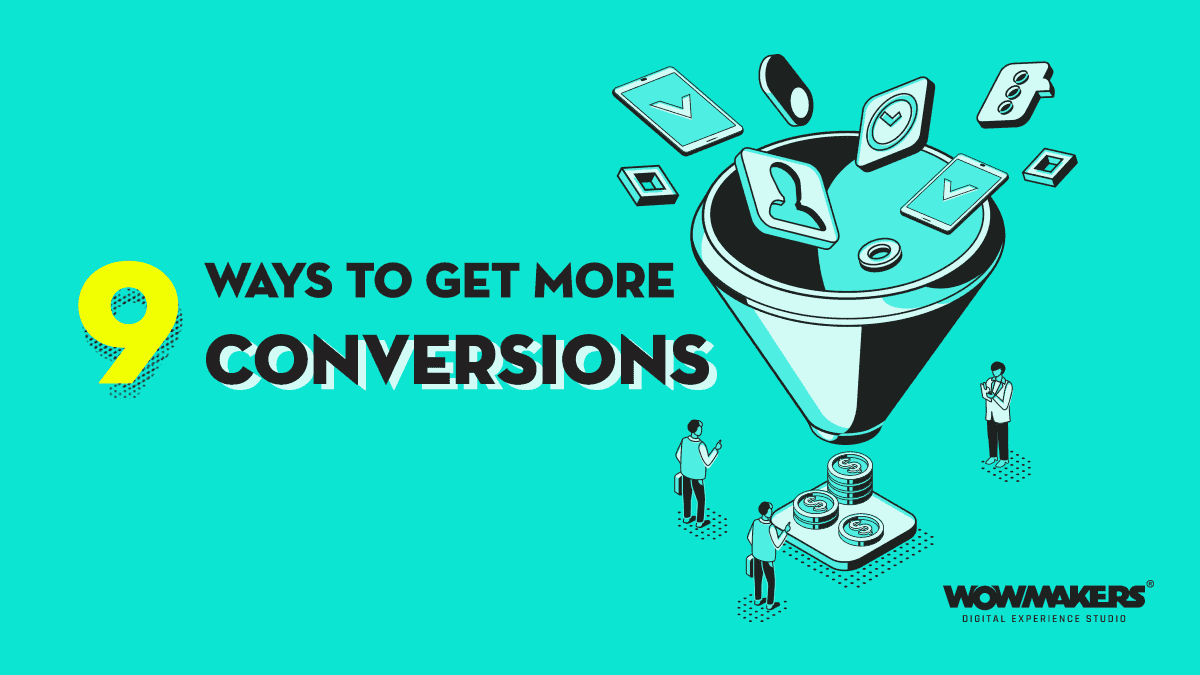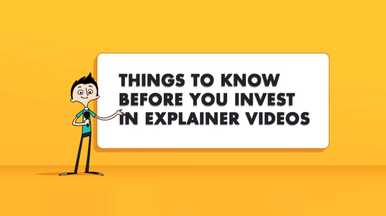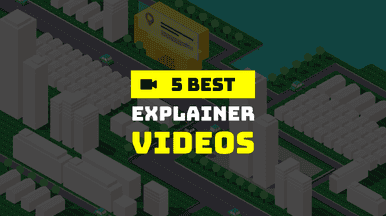Introduction
Video is undoubtedly popular with nearly 90% of consumers saying that video helps them make buying decisions and 64% saying it makes them more likely to buy.
In this post, we’ll review the latest video usage trends and list some ways videos can help boost conversions. Our goal is to help you plan an effective video marketing strategy for 2019 and beyond.
Video Usage Trends in 2018
Online video is so ubiquitous that it can hardly be called a trend. Even so, it’s helpful to understand usage behavior and volume across different platforms. Here we’ll list some statistics from reputable sources to help guide your video strategy In 2019.
- Facebook Video viewing is on the rise. Half a billion people watch Facebook videos every single day. In fact, a recent study by video ad platform Promo found that more people watch videos on Facebook than on YouTube. This study also revealed that over 70% of consumers find Facebook video ads relevant or highly relevant.
- Facebook and Instagram stories. “Stories” are video or photo updates that users can upload to their feed. Stories disappear after 24 hours. Users love them, with nearly 70% of respondents in the Promo survey indicating that they watch stories some or all of the time. Facebook reports that Stories have 150 million daily users and Instagram Stories have over 300 million daily users. Both platforms enable advertising within the story, making this a great way to reach customers.
Example of an Instagram Stories Ad from Redbull – Source: Facebook
- Youtube stories – In November 2018, YouTube announced they would be expanding their own stories program (previously called “Reels”) to creators with more than 10,000 subscribers. YouTube stories last for seven days and are only available on the mobile app. They appear to both subscribers and non-subscribers, so they’re a great way to help increase your subscriber base since they appear in the app’s home and Up Next list for non-subscribers.
- People are watching videos more frequently. Over 40% of consumers in the Promo study indicated that they watch at least 5 videos a day. Most people react to the videos they watch online, with over 70% of respondents visiting a publisher’s website after watching their video and 60% visiting the publisher’s social media page.
- The majority of Internet traffic is now video. In 2016, video accounted for nearly 73% of Internet traffic and is predicted to make up at least 82% of traffic by 2021, according to a forecast by Cisco which was released in June 2017. This includes a variety of different types of video such as on-demand content (e.g., Netflix), webcams, Traditional TV watched over an IP, and live video on platforms like Facebook and Twitter.
Boost your marketing with video
The mere mention of a video in your marketing materials can help boost its effectiveness. Including the word “video” in your email subject line can increase open rates by 19% and video on landing pages can increase conversions by as much as 80%. When it comes to product marketing, video reigns supreme and this goes for B2B as well as B2C companies. Four times more buyers prefer to watch a video about a product rather than just read about it.
Let’s talk about conversion
As we noted above, including “video” in the subject of an email or on your landing page can increase conversion rates. But there are a few other ways that advertisers can leverage video to drive conversion.
1. Embed a lead form in your video
Many video platforms enable you to embed a lead form directly into your video. Facebook enables advertisers to add a lead form to video ads when the campaign goal is conversions. HubSpot provides embed code that’s compatible on multiple platforms such as Brightcove and YouTube. Third-party tools such as Vidvision allow advertisers to add call-to-action forms in any YouTube video, enabling them to capture email addresses.
2. Use a strong call to action
You can include a call to action with your videos by including clear messaging (within the video) about what you want viewers to do (e.g., Purchase a product, Subscribe to newsletter, Visit our website, etc. and also include this messaging in whatever text accompanies the video. A good example of this is when an Instagram influencer posts a video wearing a product they’re promoting and they end it with, “Be sure to check my profile for a link to the product/vendor/service!”
3. YouTube Cards and End Screens
Cards are mobile-friendly features that enable YouTube creators to do a variety of things like embed polls into their video, promote other videos, or link to an external website (only available to members of YouTube’s partner program). Cards can be placed anywhere within a video and work well when they complement the video’s content. If a user doesn’t interact with a Card, it disappears. End Screens are similar to Cards, but can only be added to the last 5 to 20 seconds of a video.
Example of YouTube Video Featuring a Card: Source YouTube
4. Using the right type of video
There’s are a variety of different approaches you can take when creating videos with the goal of converting prospects to buyers. Each different video type has its own unique benefits and, depending on your business and specific goals, you may find yourself gravitating towards one type of video versus another. Here are a few we recommend.
5. Testimonial videos
Testimonial video offer a powerful way for companies to showcase their products and services from the perspective of satisfied customers. You can get started with testimonial videos by inviting your best customers to record a testimonial for your business either on their own or by coming to your store or office location to be filmed. Events and promotional meet and greets where customers may drop by to see you in person are also a great way to get a recorded testimonial from existing customers who are enthusiastic about your wares.
Here is an example for Testimonial video:
6. Explainer videos
Explainer videos are short videos that companies use to introduce themselves and explain their products or services. Particularly effective for B2B businesses, explainer videos can help foster leads because they’re engaging (or should be), generate excitement about a company or product, and leverage the ubiquity of mobile video viewing so they can be used on many platforms. A good explainer video is also supremely shareable and can help with branding and awareness.
Check out our explainer video guide for some great tips and information on this type of video.
Here is an example for explainer video:
7. Corporate videos
Corporate videos promote your business, brand, product or service and are typically brief, to the point, and (ideally) memorable. These videos appeal to people’s emotions and aren’t overt in terms of branding. While corporate videos aren’t traditionally associated with conversion, they can be powerful persuaders motivating consumers to purchase something or provide contact information. Remarketed corporate videos can be shown to people who have visited your website or YouTube channel, but didn’t initially convert. You can create custom audiences on Facebook that reach these people. On YouTube, you can create a custom video remarketing list which enables you to promote your corporate video to people who have been to your website.
Here is an example for corporate video:
8. Product Videos
Product Videos are short, promotional videos that showcase a product or explain a service. Visitors are much more likely to buy a product after viewing a video (60 – 85% more likely), so they’re very a very effective conversion tool. Product videos are probably most closely associated with retail websites like Zappos and Amazon, but they are also a really effective way to present more complex B2B products and services (even if you don’t have a physical product). They differ from explainer videos in that they typically focus on just one product or service versus talking about a suite of products and showcasing a company
Here is an example for Product video:
9. Screencast videos
Screencast videos are a form of “how-to” videos that allow businesses to walk customers visually through a specific action or address a common question. These are videos of your actual screen which you take users through while narrating whatever it is you’re reviewing. Typically not restricted by length, these videos can be very in-depth and are also great for increasing your YouTube subscriber base since they’re the videos that show up when someone does a “how do I” type of query in YouTube. You can also feature screencast videos on your website in a standalone FAQ section or on product and services pages.
Here is an example for Screencast videos:
Conclusion
There’s no doubt that video is an integral component of brand marketing strategy, but with the rise of mobile video viewership and the ubiquity of platforms like Facebook, YouTube, and Instagram, video can also be leveraged to effectively drive conversions.







